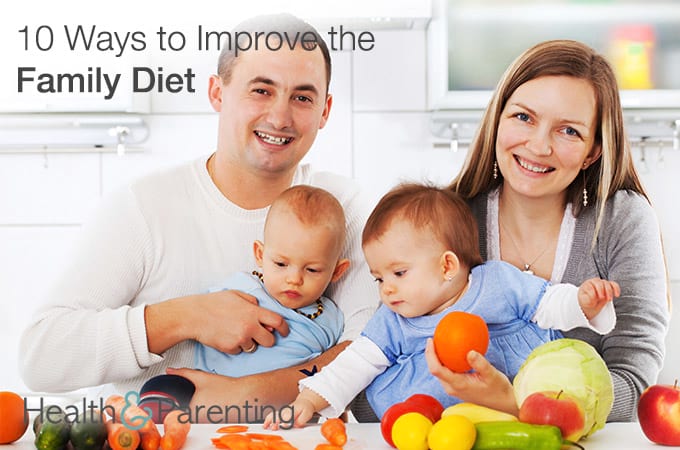Whatever the state of your diet before conception, pregnancy is the perfect time to switch to healthier foods. A healthy, balanced diet packed full of fresh fruits and vegetables will help to make sure you have all of the necessary vitamins and nutrients. Eating the right foods can also help to reduce fatigue, prevent dizziness, limit nausea, and help you to enjoy that famous pregnancy glow.
If you’re used to grabbing snacks from the vending machine at work, chances are you tend to snack on empty calories. Fizzy drinks, sweets and chocolate are often high in calories but contain little goodness in terms of nutrition. Pregnancy is the ideal time to ditch the empty calories, and focus instead on consuming nutritious and delicious food. By the end of the pregnancy, you should be eating an extra 200 calories a day. It’s not many extra calories, so you need to make sure all the calories you consume are as nutrient-packed as possible.
So what kind of healthy foods make the ideal pregnancy snacks to help you through the day? Consider these healthy pregnancy snacks.
1. Fresh fruit – this might sound obvious, but fresh fruit is a great snack for during pregnancy. Whether you choose to buy individual fruits each day, or a packaged mixed fruit variety tub to eat as a snack. A bowl of grapes, blueberries or strawberries can be the perfect mid-morning snack to fill you up while providing lots of vitamins and nutrients for your developing baby.
2. Nuts and seeds – if you like to graze throughout the day, having a jar of mixed nuts and seeds on your desk may be the perfect answer. Nuts and seeds are high in fibre, magnesium, vitamin B6, iron, and essential fatty acids. If you or the father has a nut allergy, you should speak to your healthcare provider before eating nuts during pregnancy.
3. Salad – green leafy vegetables such as spinach and kale are a great way to add folate to your diet. Try and include food in different colours to your salad, because this is a great way to ensure you include a mix of vitamins and minerals in your diet. Beetroot, sweet corn, carrot, radish, tomatoes and avocado all taste great in salad. Throw some mixed nuts and seeds on top for added goodness, and enjoy.
4. Cereal – some women find eating breakfast a chore during bouts of morning sickness, and end up skipping cereal altogether. Cereal is often fortified with lots of vitamins and nutrients. If you can’t handle it in the morning, try to eat it as a snack later in the day. Choosing a high fibre cereal will also reduce your chances of experiencing constipation and haemorrhoids during the pregnancy. Dairy or fortified soya milk on top of the cereal can help you to make sure you’re getting enough calcium in your diet, too.
5. Wholegrain toast – switching to whole grains may help you to avoid constipation during pregnancy, and can increase your protein and iron consumption. Toast is a great afternoon snack, and can help to keep hunger at bay. Try spreading peanut butter, avocado or hummus on top for a healthy snack.
What snacks have you been enjoying this pregnancy?
Written by Fiona (@Fiona_Peacock), mother, writer and lover of all things baby related
This information is not intended to replace the advice of a trained medical doctor. Health & Parenting Ltd disclaims any liability for the decisions you make based on this information, which is provided to you on a general information basis only and not as a substitute for personalized medical advice. All contents copyright © Health & Parenting Ltd 2018. All rights reserved.











